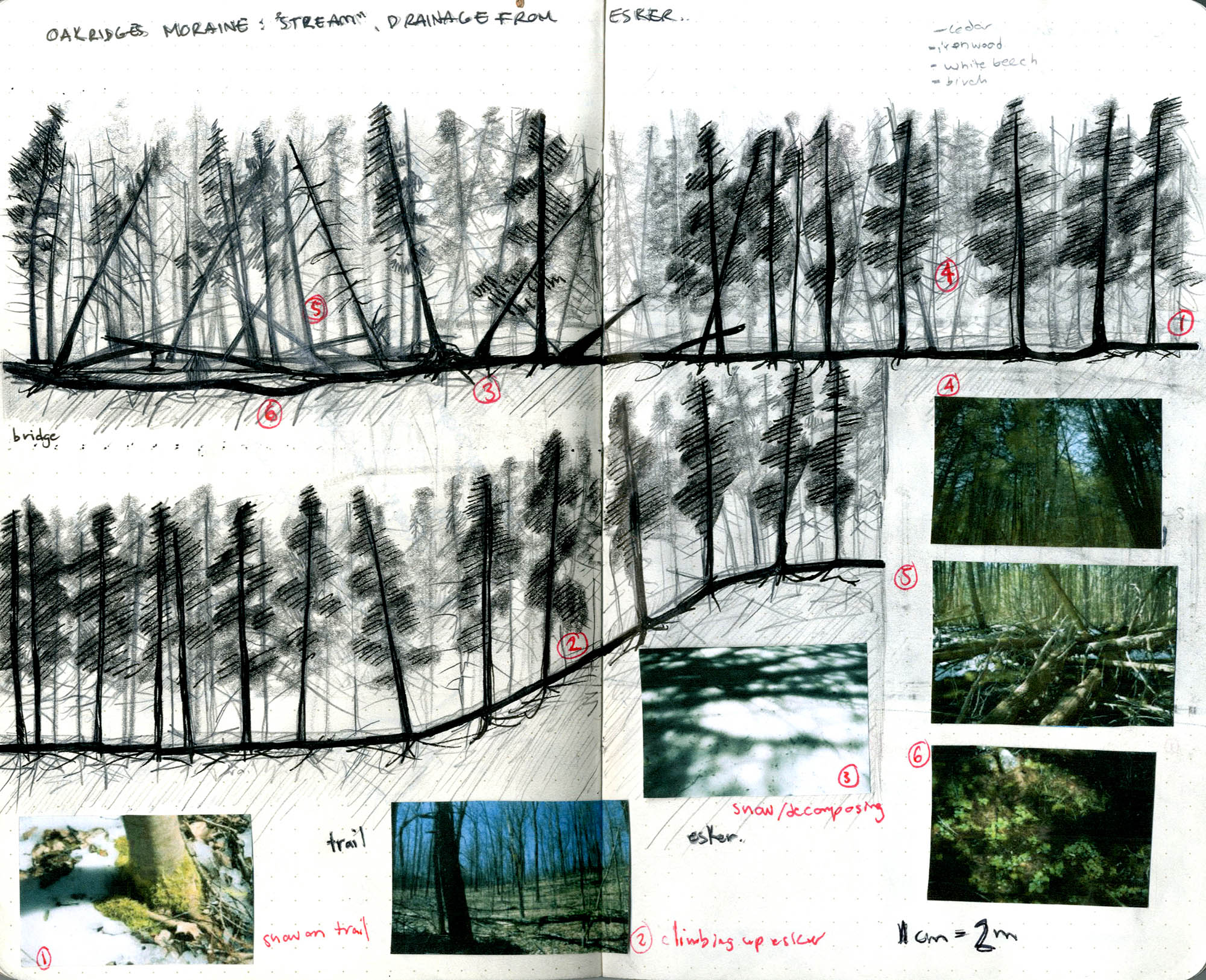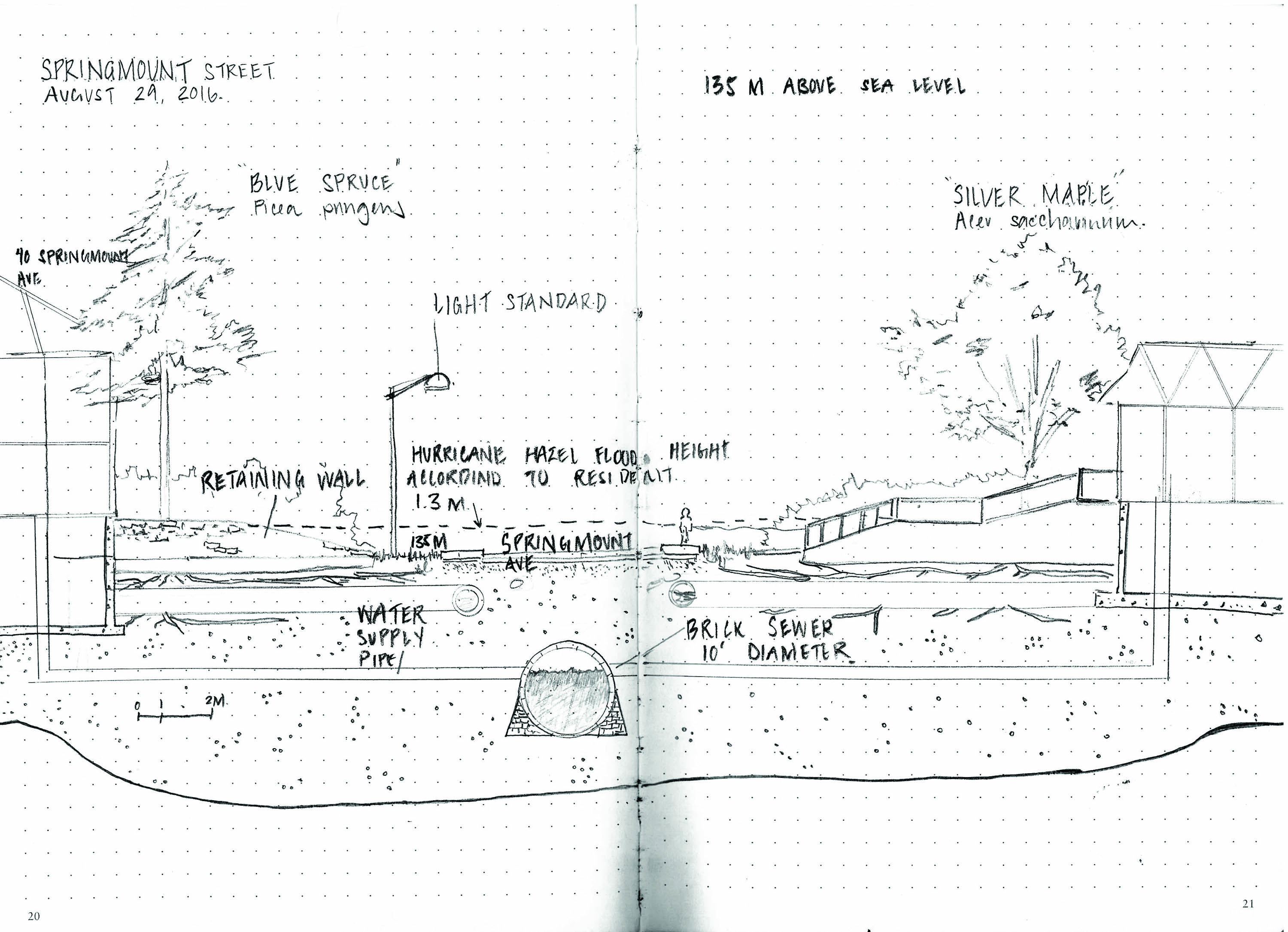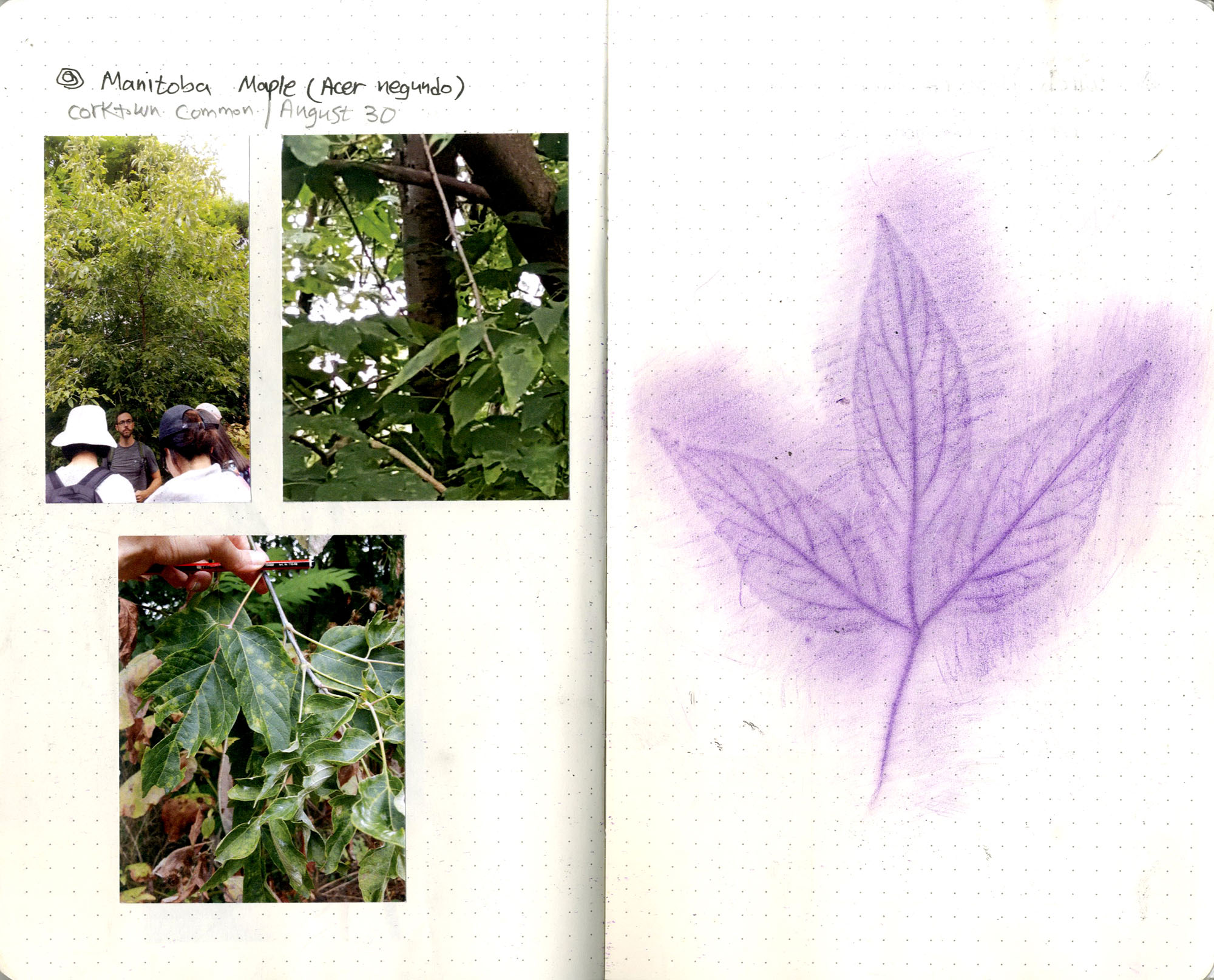19.08.18 - Using Toronto as a laboratory to help students better understand the urban ecological phenomenon that define their designs
Next week, first year Master of Landscape Architecture students will start, and complete, their first course — all before the new academic year officially begins.
Fields Studies I and II (LAN1041 and LAN1043, respectively) — taught by Associate Professor Jane Wolff along with lecturers Michael Ormston-Holloway and Todd Irvine — are intensive one-week first-year courses in the MLA program, designed to teach students to observe, decipher, document, and analyze complex ecological systems in situ.

LAN1041 Field Studies I | Waiyee Chou
Field Studies I uses central Toronto is a laboratory. Field Studies II expands in scope to study the city’s regional boundaries: the Great Lakes, the Oak Ridges Moraine, the Niagara Escarpment and the Greenbelt. These landscapes, like all intensely inhabited places, are products of long, reiterative interactions among cultural demands, geographical circumstances and environmental processes. They demonstrate tangled relationships among geomorphological patterns, plant and animal communities, water and weather, and structures that permit dense population. They change cyclically and in linear time at scales from days and seasons to decades, centuries and millennia.
Both courses ask students to look carefully at the landscape, to identify its living and non-living elements, to interpret their significance and to represent field observations through drawing. Centred on fieldwork, they follow the trail of stories about the landscape’s evolution and current circumstances. Readings that contextualize course field trips in relation to landscape architecture, ecology, and cultural geography complement students’ work on site.

LAN1043 Field Studies II | Hillary Dewildt
The premise of the courses is that the landscape’s dynamic elements and systems constitute the medium of landscape architecture. Toronto and environs serve as both an immediate subject and a case study to understand ecological issues and dilemmas that occur in a wide range of urbanized landscapes.
The goal is to help students develop methods of thought, observation and representation that can support their work in practice in many different places. This course brings hands on experience and tactility into landscape architecture education. With a profession being so in tuned with responding to nature, it is important that students experience the phenomenon that define their designs.

LAN1043 | Siteng Xu, Yuanyuan Ye, Dan Zhao
Illustrations in slideshow, top:
Ambika Pharma | Jayson Ariola | Neda Nassiri




